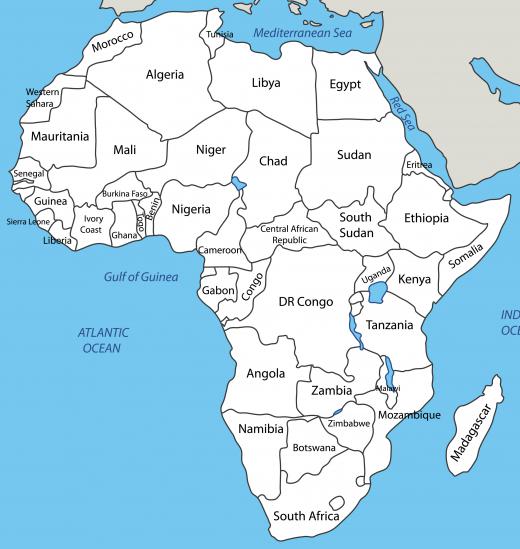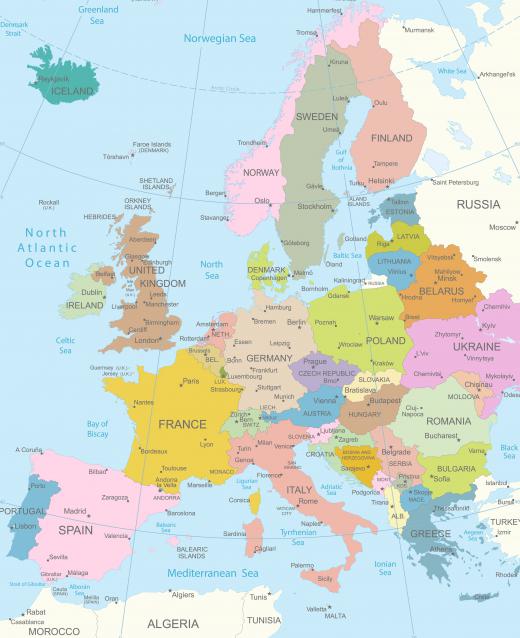What does DNA Testing Tell Us About Mankind's Early History?
 Michael Anissimov
Michael Anissimov
Present-day mitochondrial DNA testing has given us a lot of valuable information about the early history of mankind. Its most important contribution has been verifying the Out-of-Africa theory, also known as the recent single origin hypothesis. The Out-of-Africa theory asserts that all humanity descends from one founding group that originated in East Africa, probably somewhere around modern-day Tanzania. Its main competitor, now largely dismissed, is the Multiple Origin theory, a group of related claims that mankind separately originated in different areas, from different pre-human apes, and subsequently interbred.
The kind of DNA testing used most frequently to study humanity's early origins is mtDNA testing, also known as mitochondrial DNA. Mitochondrial DNA consists of small bits of DNA found in the mitochondria (power plants) of cells. It is passed along matrilineally, meaning that you get your mtDNA from your mother. There is another type of DNA, Y-chromosomal DNA, that is passed down patrilineally. Different forms of DNA testing are associated with both. The reason why these two types of DNA are uniquely useful for studying early human migrations is that they are the only DNA that is not constantly reshuffled around due to genetic recombination.

The date that the common mtDNA ancestor of all living humans, known as "Mitochondrial Eve" was alive is given by DNA testing as about 140,000 years ago. This is not the most recent common ancestor of all humans, which lived much more recently, just 2,000 to 5,000 years ago, but the most recent common ancestor through the mtDNA line. By studying how DNA haplogroups branch off from Mitochondrial Eve by testing the mtDNA of thousands of people around the world, scientists can get an approximate picture of how early migration patterns went.

According to DNA testing, modern humans originated approximately 140,000 years ago in East Africa, where they lived exclusively for several tens of thousands of years. This corresponds to haplogroup L1. Between 84,000 and 107,000 years ago, humans spread out to the rest of Africa, giving rise to haplogroups L2 and L3, which went to the west and northeast respectively. Most modern African Americans are members of haplogroup L2.

About 72,000 years ago, a small group of haplogroup L3, probably numbering only 100-200 individuals, crossed the Red Sea into modern-day Yemen. These are the ancestors of all humans outside of Africa. They spread into Europe, Asia, and Australia, where they arrived about 50,000 years ago. About 12,000 years ago, a similar discrete migration occurred over the Bering land bridge into the Americas. This group are the direct ancestors of all modern-day natives of North and South America. Most recently, humans colonized the islands of the Pacific from jump-off points in Southeast Asia. Anthropological and archaeological evidence largely supports this view of early human migration.
AS FEATURED ON:
AS FEATURED ON:

















Discussion Comments
Considering that Neanderthal habitation even in Northern Europe has been dated to 120.000+ years back (e.g. the wolves' cave in Finland).
Now, this puts a little dent of any hope of having a collective "out-of-Africa" experience, doesn't it?
Add to this similar clear Chinese evidence for their parts, and the whole Africa theory can be put to rest.
Post your comments